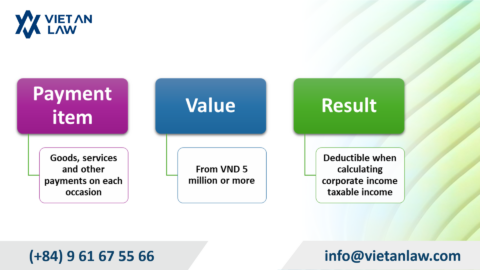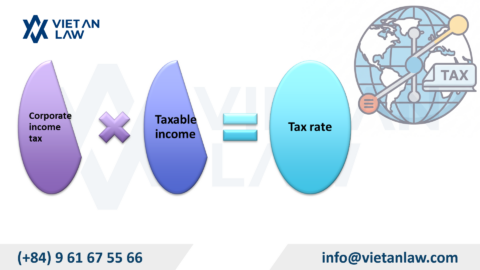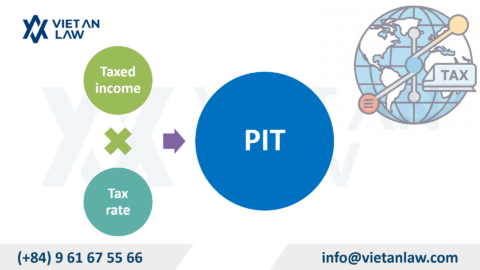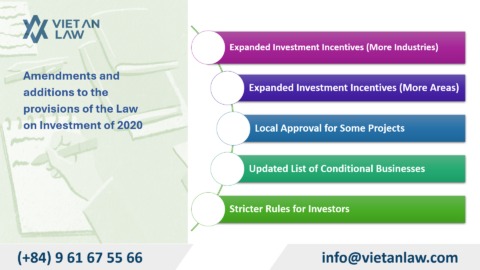Preparation of year-end financial statements is one of the important and mandatory tasks for every business, regardless of the size or type of operation. Financial statements not only reflect the financial situation and business results but also serve as a basis for tax authorities, partners and investors to assess the level of transparency and management efficiency of enterprises. However, the process of preparing financial statements requires accuracy, compliance with accounting standards and current legal regulations. The following article of Viet An Tax Agent will guide customers on the steps to prepare year-end financial statements in a complete and correct manner and minimize errors, helping businesses fulfill their obligations to the tax authorities and be ready for the next business period.
Table of contents
Financial statements are a mandatory part of the accounting system of enterprises, used to synthesize and comprehensively reflect the financial situation and business results in the period. According to the provisions of the Accounting Law 2015 and guiding circulars (such as Circular 200/2014/TT-BTC, Circular 133/2016/TT-BTC, Circular 132/2018/TT-BTC), all economic organizations with production and business activities in Vietnam are obliged to make periodic financial statements, especially annual financial statements.
Specifically, the subjects that need to make financial statements include:
A complete set of financial statements of the enterprise will consist of four main sections, each reflecting an important aspect of the financial situation and business results of the enterprise during the accounting period.
This is the most important report, reflecting the entire financial situation of the business at a certain time. This report consists of three basic parts:
This report indicates whether the business is making a profit or loss in a specific accounting period, through core financial indicators:
This is a report that tracks the cash inflow and outflow of businesses in the period, divided into three main groups:
This report helps assess the liquidity and cash flow balance of businesses – a key factor to ensure sustainable operations.
This section serves as a detailed explanation of the figures and indicators presented in the above three reports. Contents include:
The handout is an indispensable part, helping readers such as business owners, tax authorities, investors or auditors understand the nature of financial figures and the actual situation of the business.
The first step in the process of preparing financial statements is to collect, classify and arrange all accounting documents arising in the year scientifically, in the correct chronological order and economic content. This not only makes it easy to check and look up but also ensures compliance with legal regulations related to accounting and taxation
Documents that need to be reviewed include: invoices, receipts, receipts – payment slips, fund books, ledgers, payrolls, depreciation statements of fixed assets, loan documents, economic contracts and other relevant accounting documents. Most importantly, businesses need to carefully check the validity, legality and reasonableness of each document to avoid risks in the process of tax finalization and audit later.
After completing the document synthesis step, the enterprise needs to fully account all economic operations arising in the year into the accounting book system. The accounting must ensure the true nature of the transaction, comply with current accounting standards and comply with tax regulations
In this step, the accountant can conduct an inspection and review of previously recorded entries, adjust errors if any, and supplement the missing operations. Accounting should be carried out in parallel with the process of checking documents to ensure accuracy and timeliness.
An important part of the process of preparing financial statements is the classification of economic operations arising by month and quarter, in order to serve the aggregation of data in the accounting period. This is the basis for accurately determining the revenue, expenses, profits and tax obligations of the enterprise in the fiscal year
In addition, enterprises need to classify and rationally allocate specific expenses such as: prepaid expenses, depreciation of fixed assets, allocation of tools and tools, provision provisions, etc. The allocation must comply with the useful life and appropriate accounting principles, in order to properly reflect the actual operation and avoid the situation of accumulating unreasonable expenses in a period.
This is one of the most important steps in the financial reporting process, in order to ensure the balance, consistency and accuracy of the entire accounting system. The general inspection shall be carried out according to each group of main accounting accounts, specifically as follows:
After completing the review and adjustment of arising operations, the accountant conducts the implementation of the period-end general entry entry, especially the carryover of revenue, expenses and determination of business results. Concrete:
This is the last step in the process, when all accounting data has been fully checked, classified, and transferred. The enterprise will prepare financial statements in accordance with the form specified in Circular 200/2014/TT-BTC or Circular 133/2016/TT-BTC (depending on the applicable accounting model).
The preparation of accurate and complete financial statements not only meets legal requirements but also helps businesses understand the financial situation, business efficiency and serves as a basis for making executive decisions, financial planning, as well as building development strategies in the next year.
If you have any difficulties or questions related to the service of preparing year-end financial statements for businesses, please contact Viet An Tax Agent for the most specific advice from a lawye




